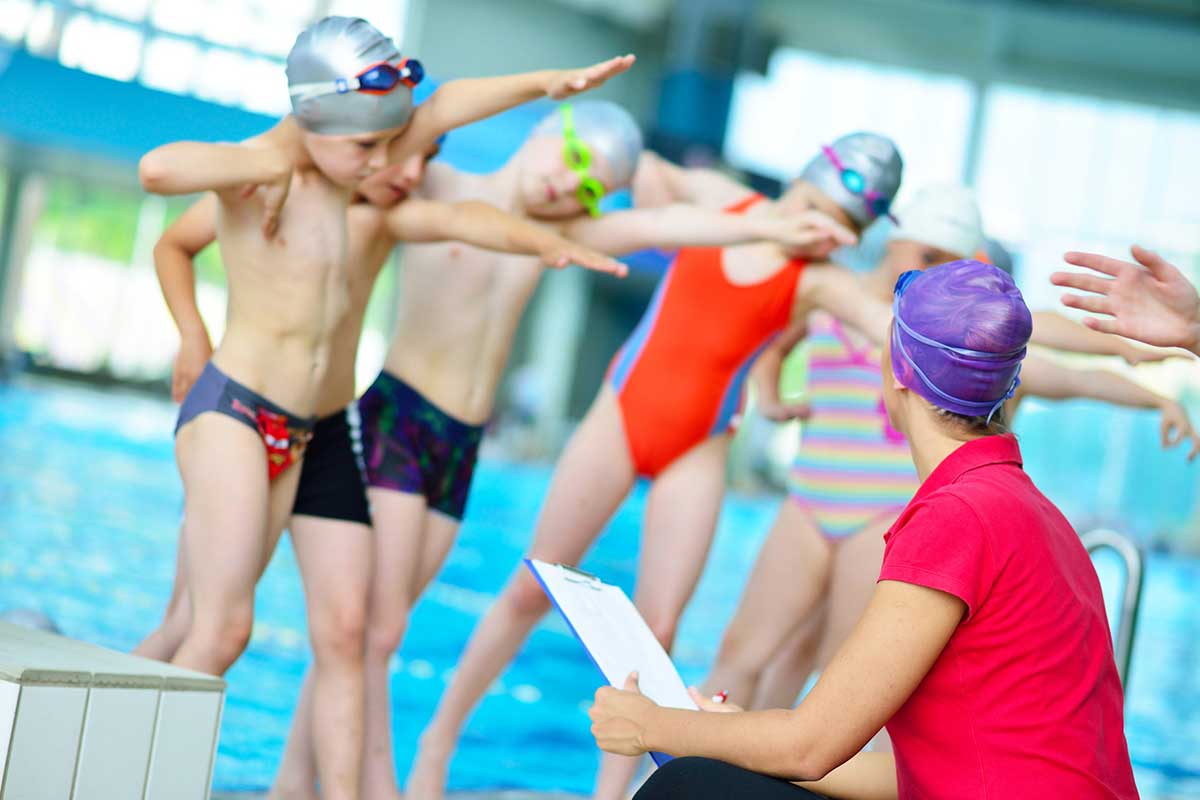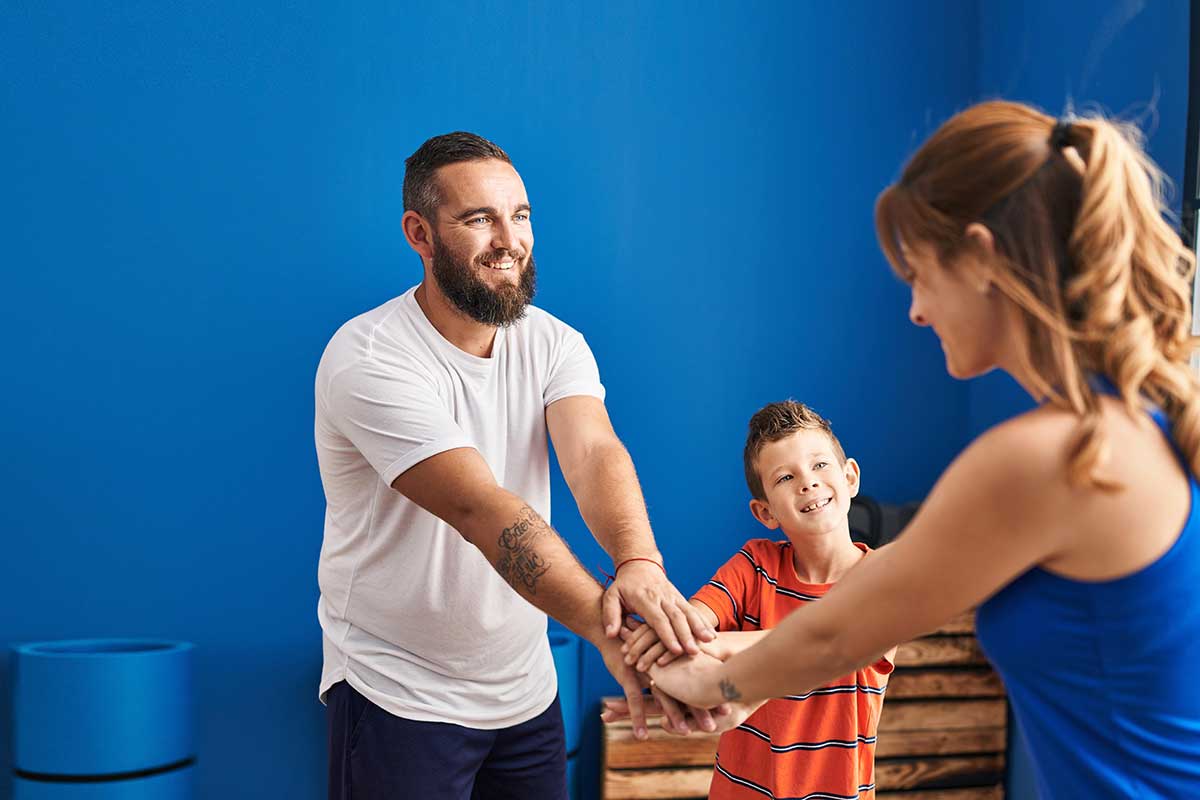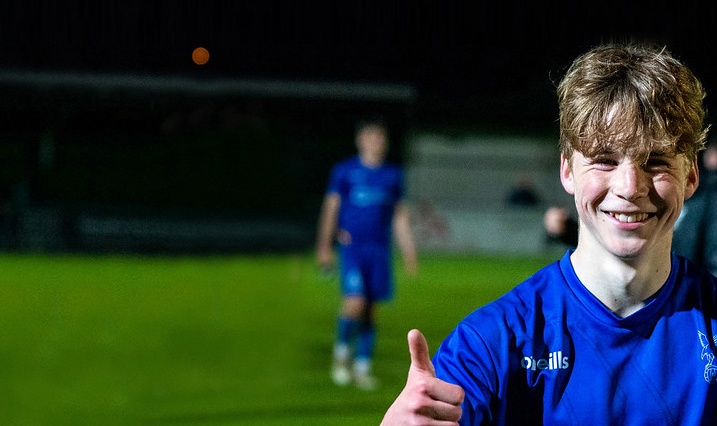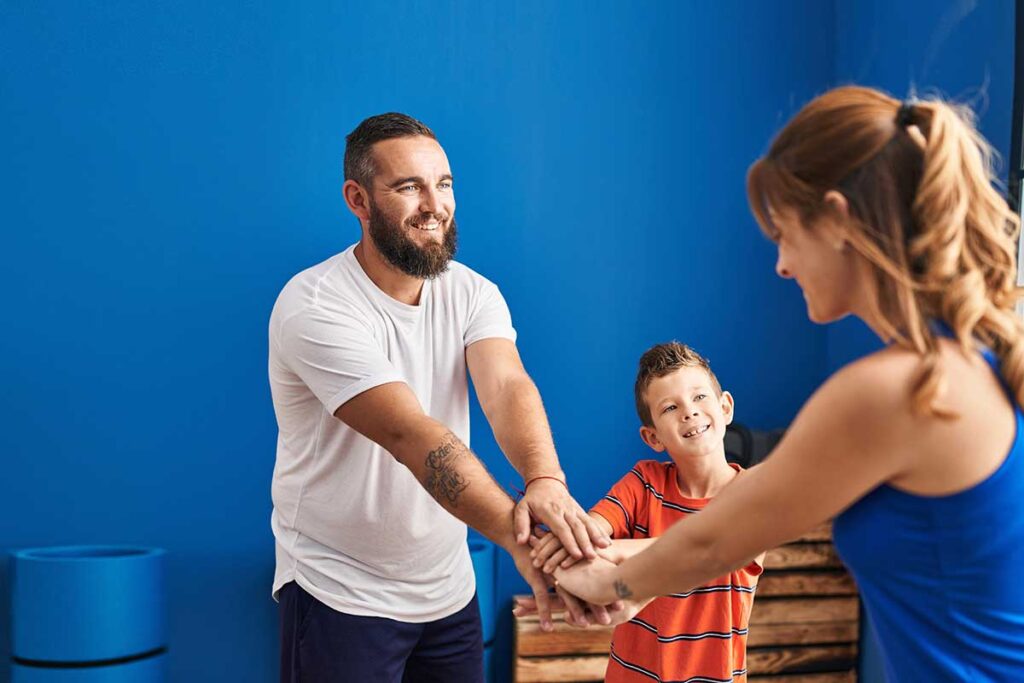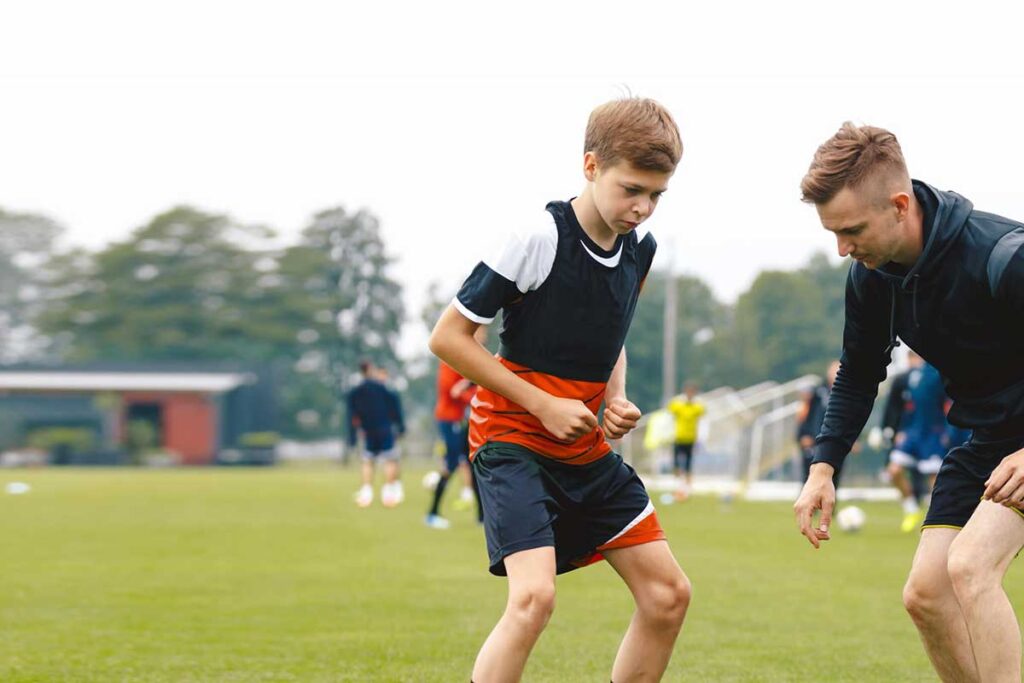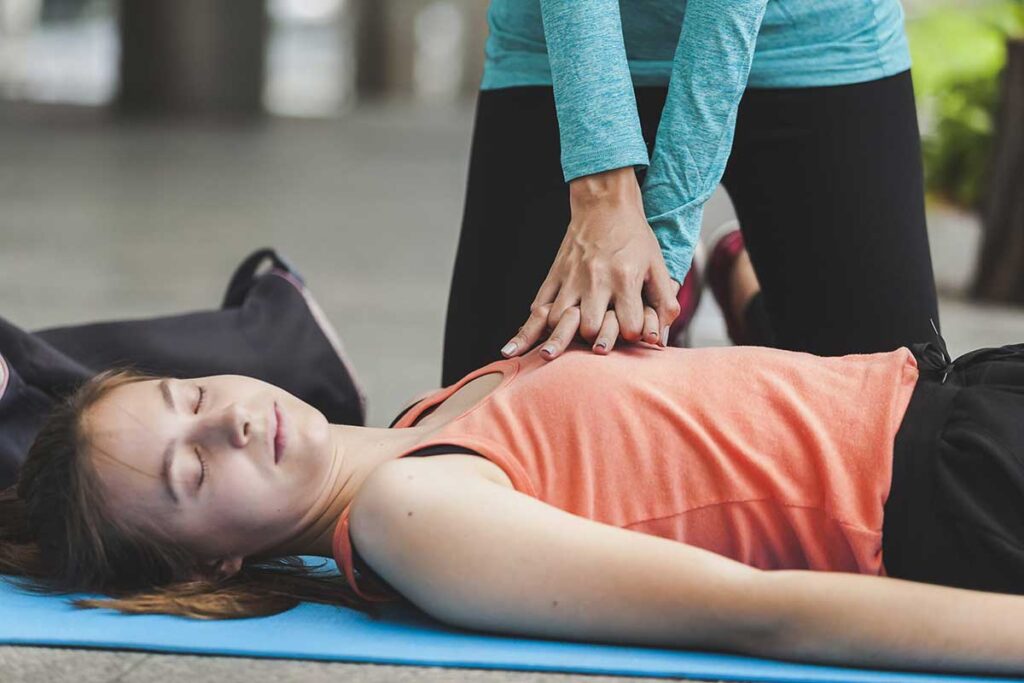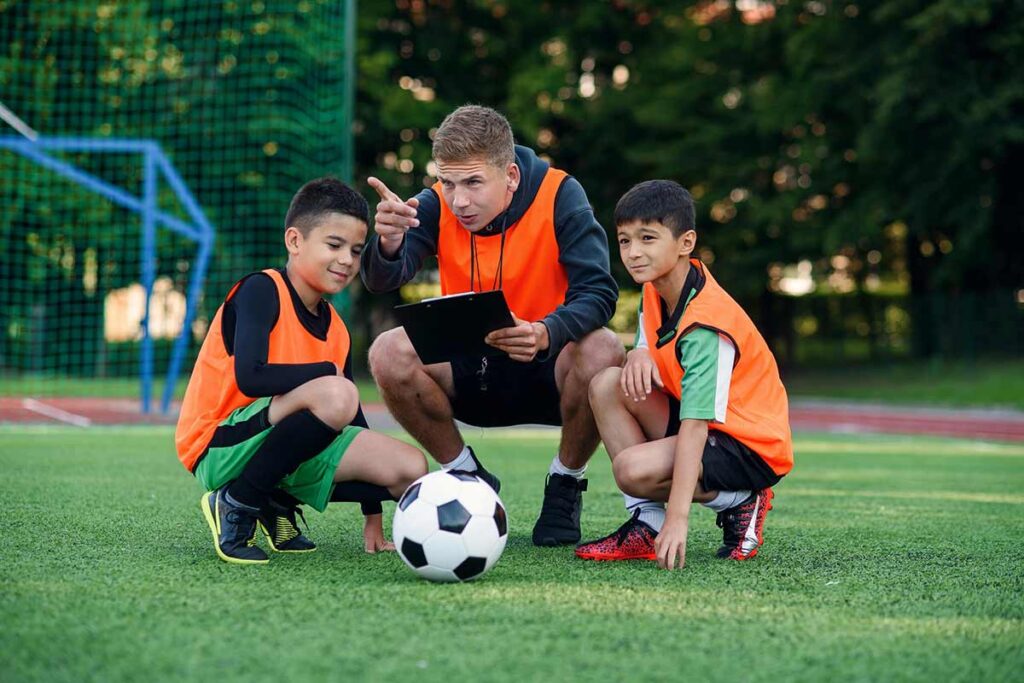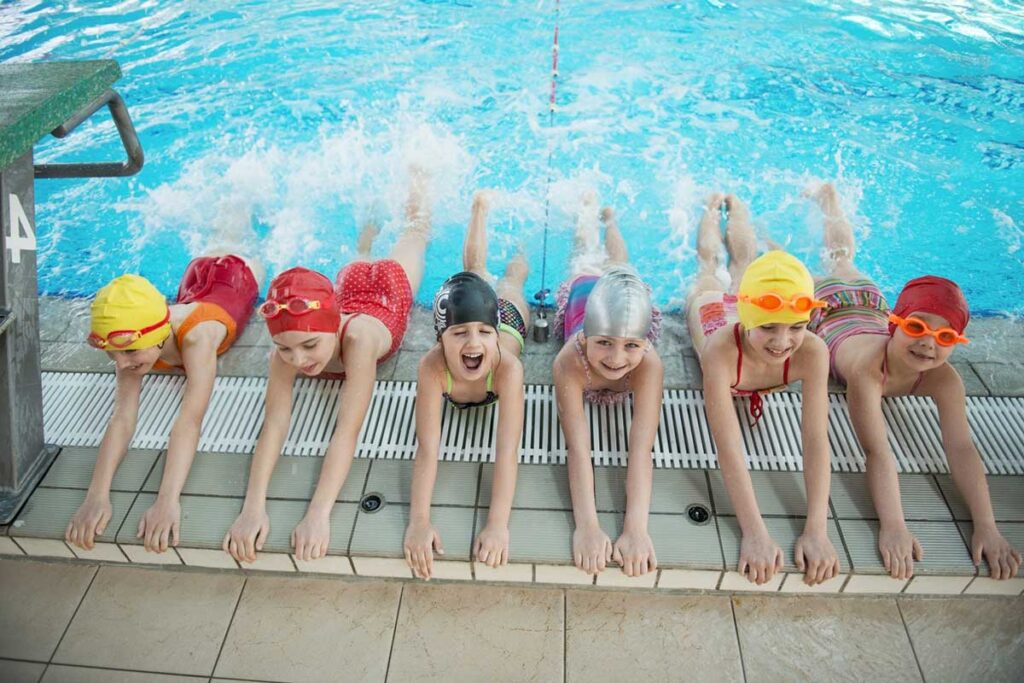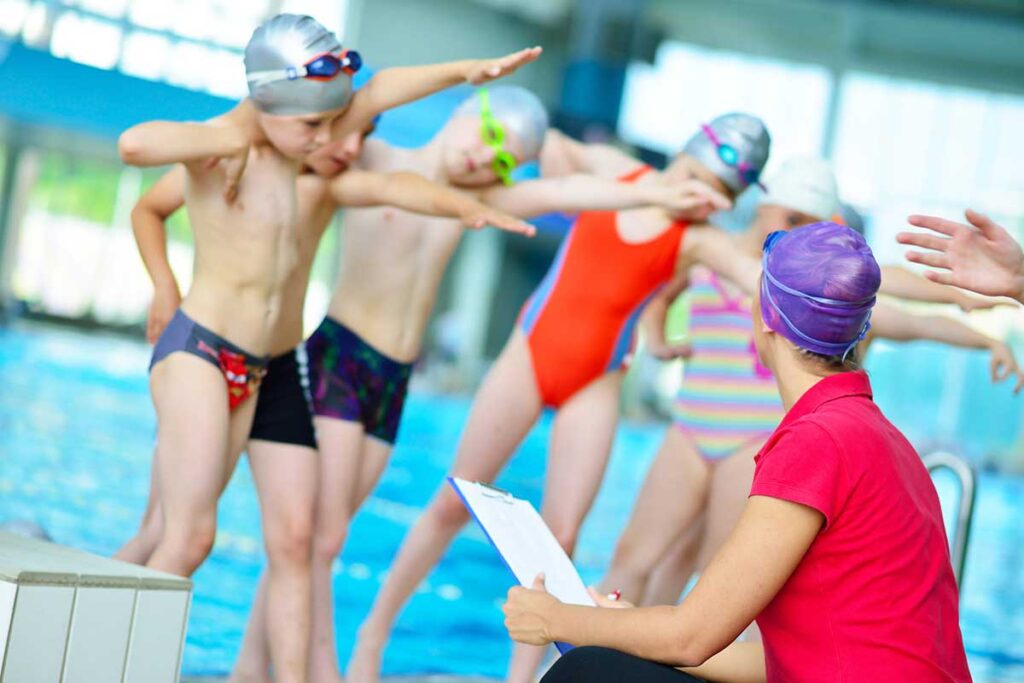A lesson or training session plan can be complex and detailed or simple and straightforward – it’s really up to you. The important thing to remember is that planning a session is always better than not planning a session.
“Failing to plan is planning to fail”, says Alex Row, LoveGymnastics Community Ambassador. “The first hurdle is creating that plan. That stuck with me through all of my coaching.”
In this article, we discuss the importance of lesson and training plans, what they should include and what happens when we don’t plan ahead.
Read on for useful insights and actionable tips.
Why is lesson and training session planning important?
First things first: what’s the point in doing a plan? It might sometimes seem redundant or unnecessary, but being prepared has huge advantages for everyone involved:
- You can train specific skillsets – whether it’s a group lesson or a 1-2-1 coaching session, by planning them to meet individual needs, you’re making sure they are always relevant to your members
- There’s a clear, progressive pathway – for long-term athletes, in particular, it’s important to stay on track. By making sure your sessions include incentives, you can help members achieve their goals
- Each lesson is engaging – by learning what your members enjoy, how they like to train and what keeps them motivated, you’ll be able to deliver sessions that keep them satisfied
What does lesson and training sessions planning look like?
Before planning your session, make sure you have as much information about your group or athlete as possible.
Here are some points that will impact how you plan:
- Number of participants – does your group have a fixed number of participants, or does attendance vary? If so, you’ll want a lesson you can easily adapt
- Skill level – are you coaching beginners or advanced athletes? Make sure your sessions are aimed at the right level of challenge
- Individual / additional needs – is anyone returning from an injury, or needs to be careful with certain movements? You’ll need to make sure your sessions are inclusive
- Progression – is the group or individual likely to progress fast? You might need support in coaching fast-paced sessions
So, now you’ve got the information you need, it’s time to start planning.
Here are some elements that Alex likes to include in his plans:
Timings
You might want to spend a large part of your training on a specific area or a specific skill, but Alex advises against this. “Some athletes might need to focus on core strength and body tension, whereas some might have to focus on arm strength.”
The answer is using timings for different sections of your lesson. Alex explains: “By having specific timings, you’re able to cater for all of those different areas.”
Equipment
Decide which equipment you’ll be using for each session. You might have a main apparatus along with some side stations. That way, you can divide groups into different areas and make sure everyone is training to their needs – and can rotate.
Feedback
Allow time to give feedback, make notes or review a lesson. Which exercises worked well? Which ones didn’t? Remember to keep goals at the forefront of your plans. Providing feedback is an essential part of making sure you continue working towards it.
What happens if you don’t plan?
Whatever your approach, there’s no doubt lesson and training session planning has many advantages, especially when looking at long-term progress.
Without plans, you could face some difficulties:
- No progression – it’s difficult to show improvement and build on each session if you don’t plan ahead
- No reference point for the future – it’s rewarding to see how far someone has come. But if you don’t know where they started, how will you know how much they’ve improved? Lesson plans provide a great reference for that
- No focus – plans help you identify areas you need to focus on. Without a plan, your training may not help attendees develop their skills
How LoveAdmin can help with lesson and training planning
Our platform doesn’t just support with admin like membership payments. It can also help you keep track of your athletes’ performance. This information can then be used to inform future lesson plans.
For example, within LoveAdmin, you can create a structured development programme consisting of levels and skills. For each skill, you can set what people need to practice to achieve it. As you mark them as working on a new skill, the system will automatically send their practice schedule with accompanying instructional pictures and videos.
Learn more about how LoveAdmin can support Class and Course providers.
_
Planning your lessons and sessions will help you make sure each one is engaging, relevant and goal-driven for your members. Making sure you have as much information about class size, skill level and any specific or additional needs will ensure that you can put together a class that everyone will enjoy.
This article was based on a live video hosted by Alex Row, LoveGymnastics Community Ambassador. If you’re involved with a grassroots club and want to be part of the discussion, join our dedicated Facebook Communities:


